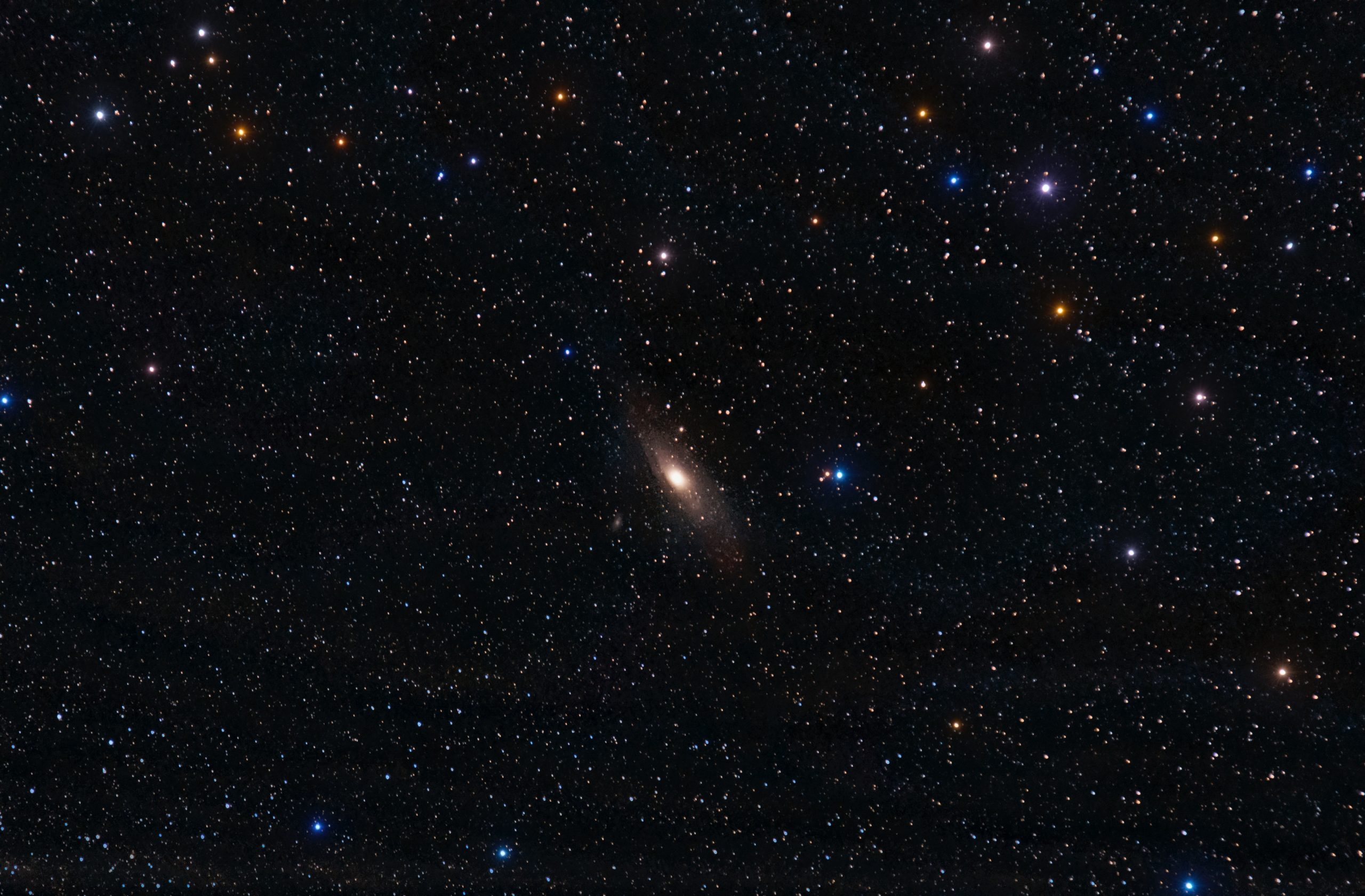Today marks the beginning of World Space Week (WSW). Elite Words have found all the information you need to make your World Space Week experience out of this world!
What is World Space Week?
Held from 4 October to 10 October, World Space Week is the largest annual space event in the world. It celebrates the contribution of science and technology to the improvement of the human condition. This is done in the hopes of getting more people to join the “careers of the future”.
Each year has a theme. Last year’s theme was “women in space”. This year’s theme is “space and sustainability”, which addresses how space benefits humanity and sustainable development on Earth, as well as how our space activities can remain safe and environmentally conscious.
How do you celebrate World Space Week?
Participating in WSW can be as simple as finding something to do that is related to space! Some easy examples include:
- watching space-themed classics like Star Trek, Star Wars and A Space Odyssey
- getting some friends together to have a constellation-finding party
- lighting up your exercise routine by adding LEDs to your cap or running shoes.
It started with one small step
In 1981, WSW was originally known as “Space week” and was held from 16 July to 24 July to commemorate the first moon landing. Then, the celebrations spread to 15 other nations and in 1999, the UN General Assembly declared WSW to be held from 4 October to 10 October. The new dates match those of the first satellite, Sputnik 1, and the signing of the Treaty on Principles Governing the Activities of States in the Exploration and Peaceful Uses of Outer Space, including the Moon and Other Celestial Bodies (that’s one long treaty name!).
A brief history of space exploration
- 1957: Sputnik 1 was launched by the U.S.S.R.
- 1957: Sputnik 2 was launched and was the first space-borne vessel to carry a living creature — a dog named Laika.
- 1958: The US launched their first satellite named “Explorer”.
- 1958: NASA was founded.
- 1959: The Soviet Union launched Luna 2, the first object to hit the moon.
- 1961: Cosmonaut Yuri Gagarin became the first human in space and made one orbit around the Earth.
- 1961: The US launched the second person in space, Alan Shepard, on a suborbital flight that lasted 15 minutes.
- 1965: Cosmonaut Alexi Leonov became the first person to achieve a “spacewalk”.
- 1963: Cosmonaut Valentina Tereshkova became the first woman in space.
- 1969: The US launched Apollo 11.
- 1969: US astronaut Neil Armstrong became the first person to set foot on the moon.
Space Facts
Here are some interesting space facts to use this World Space Week:
- The Mars sunset is actually blue! Instead of light scattering on gas molecules like they do on Earth, light scatters off of dust which makes the blue hue of the sun stand out much more.
- The universe is home to incredibly unique planets. These include a planet made of diamonds, one that rains glass, and many more that have yet to be found!
- Mars is home to a volcano bigger than the whole of Hawaii. Though Mars has become inert, it was once covered in gigantic volcanoes, including Olympus Mons which is 602 km wide and 25 km tall.
- Mercury is shrinking. It’s already the smallest planet in our solar system, but a high-definition mapping of the planet has revealed landforms named fault scarps being formed — evidence of contraction. The small size of these scarps shows that they were formed recently.
- Saturn isn’t the only planet in our solar system with rings. Uranus, Jupiter and Neptune also have their own rings, but they just aren’t observable from earth.
- There are more stars in the universe than grains of sand on all the beaches combined. That’s at least (if not more) a billion trillion!
—
Copywriting causing you to see stars? The team at Elite Words can help you with any of your copywriting needs, get in touch today to see how we can help!

